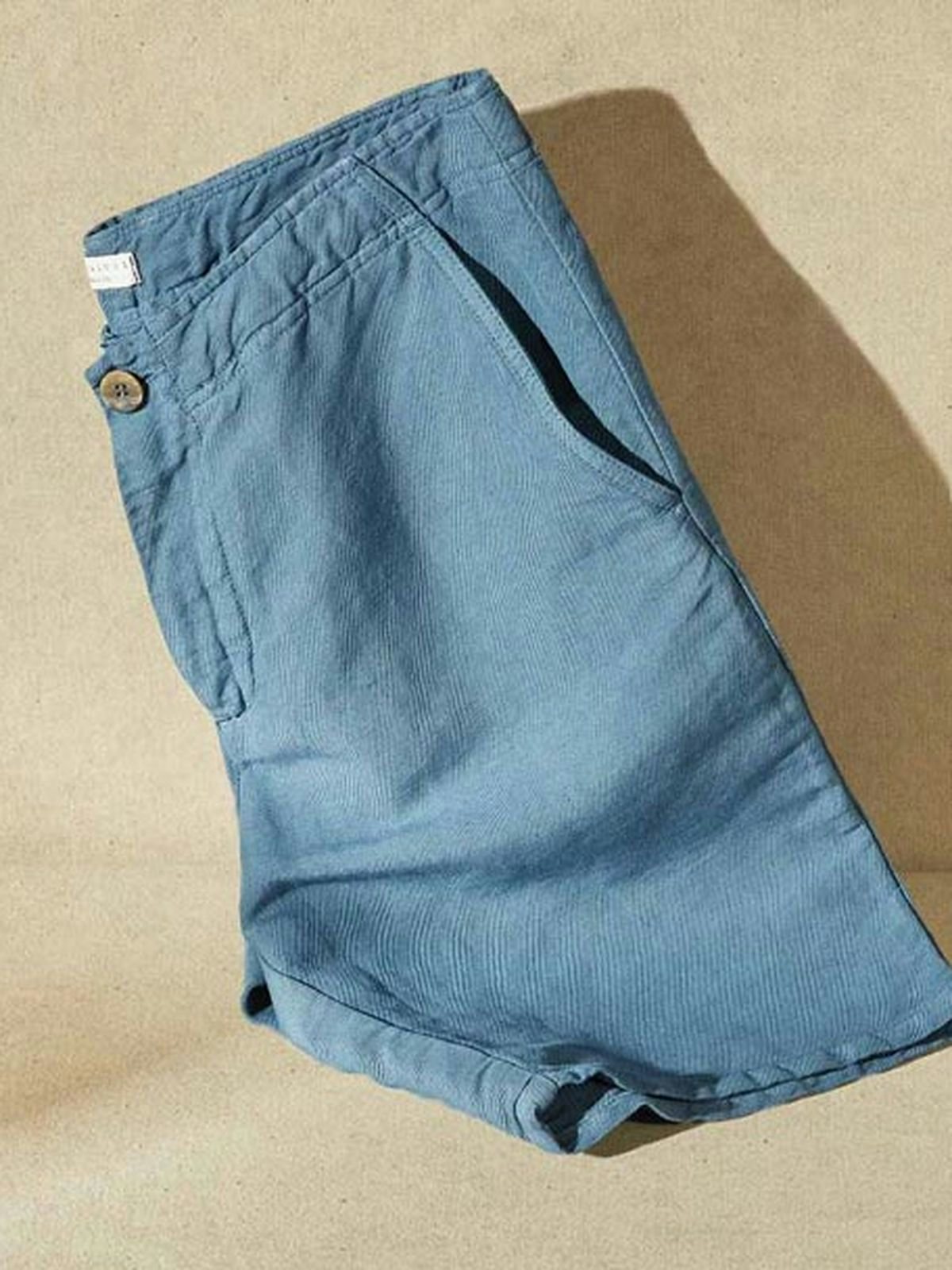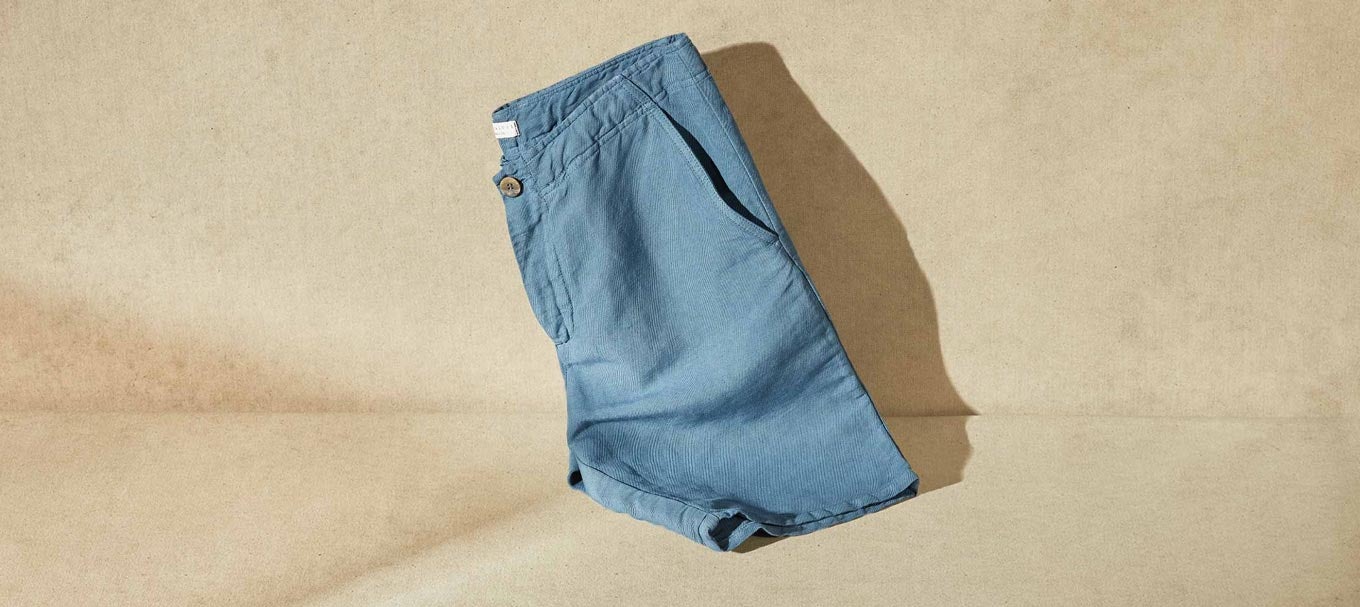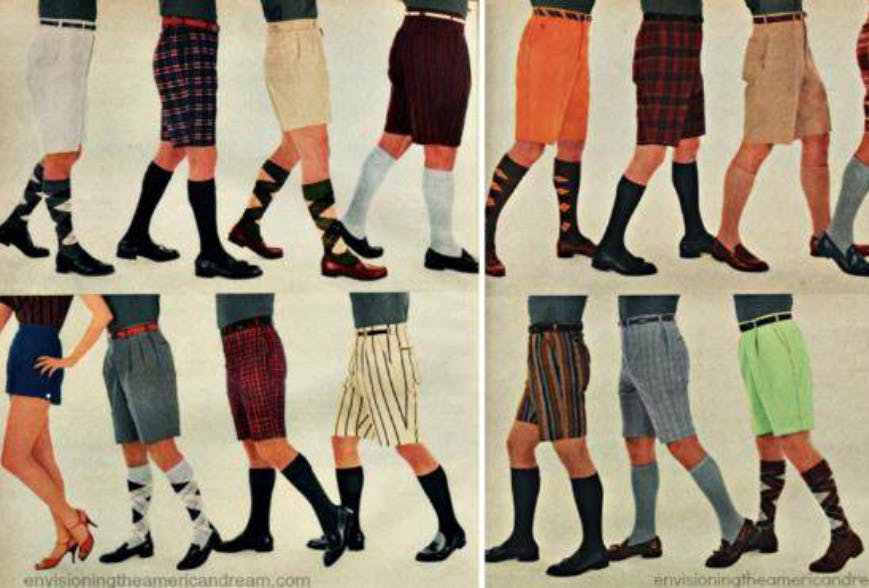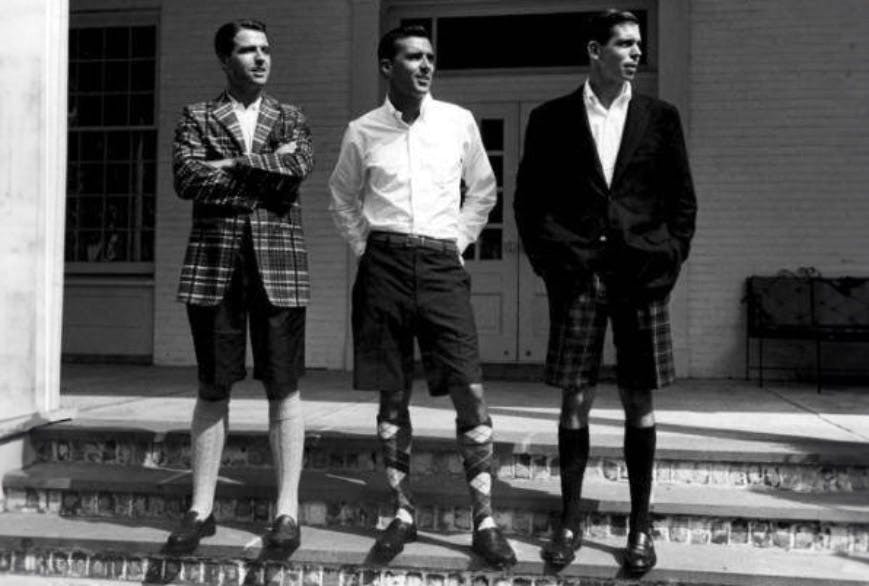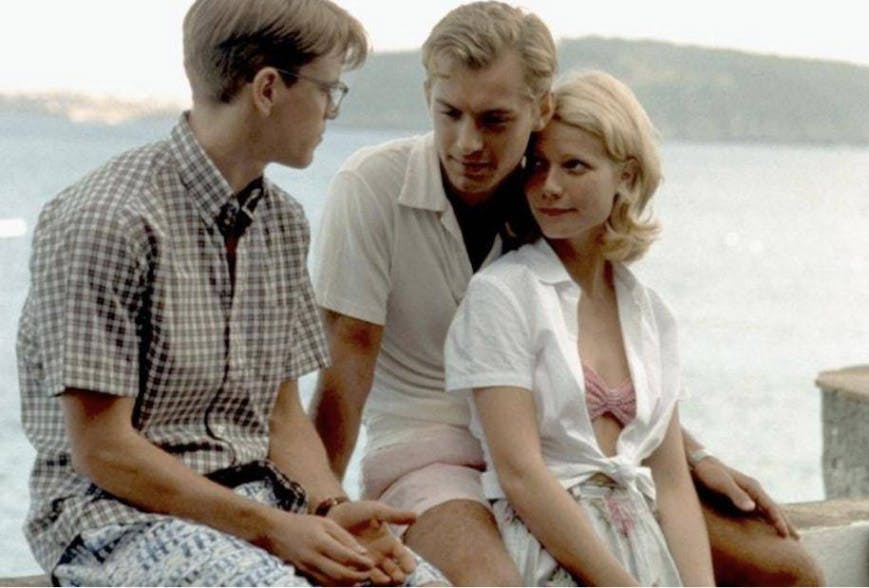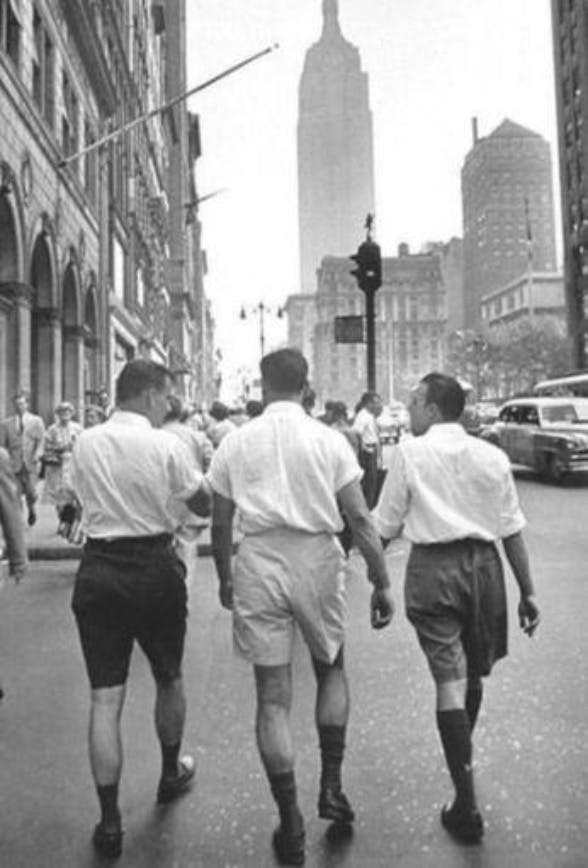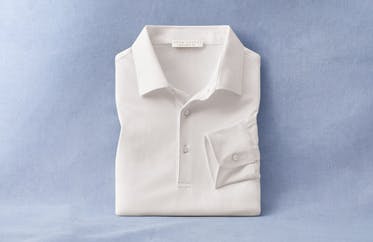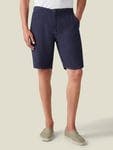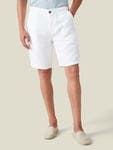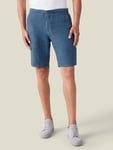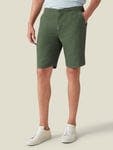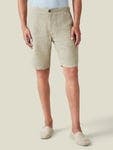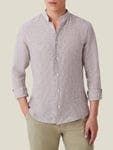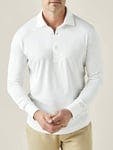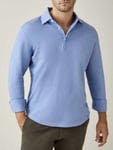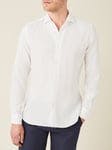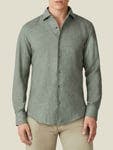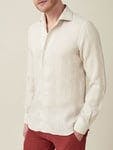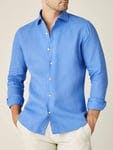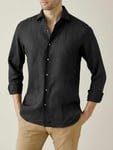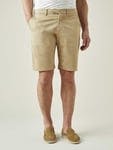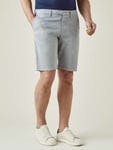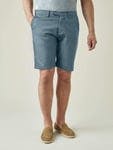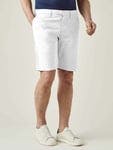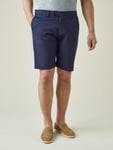
The Ultimate Guide to Linen Textures
At Luca Faloni, we combine stylistic and sartorial research with linen textiles of the highest quality. We proudly source our linen exclusively from prestigious Italian mills, which adds unique artisanal quality and fine craftsmanship details to our linen shirt collection.
In this guide, you will learn our key types of linen textures from Mélange, Délavé and Mono Colour and we explain how to wear these premium textures to create your everyday summer wardrobe.
For a casual summer day, you need to find the balance between style and comfort, wearing garments that allow total breathability for hours and radiate subtle elegance. Linen’s ability to absorb moisture has been well-known for millennia, and still today, linen is undoubtedly the best material for summer garments.
Linen shirts offer a relaxed elegant look that works for any occasion, even far from the Mediterranean Sea.
